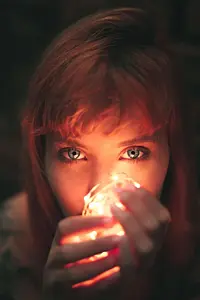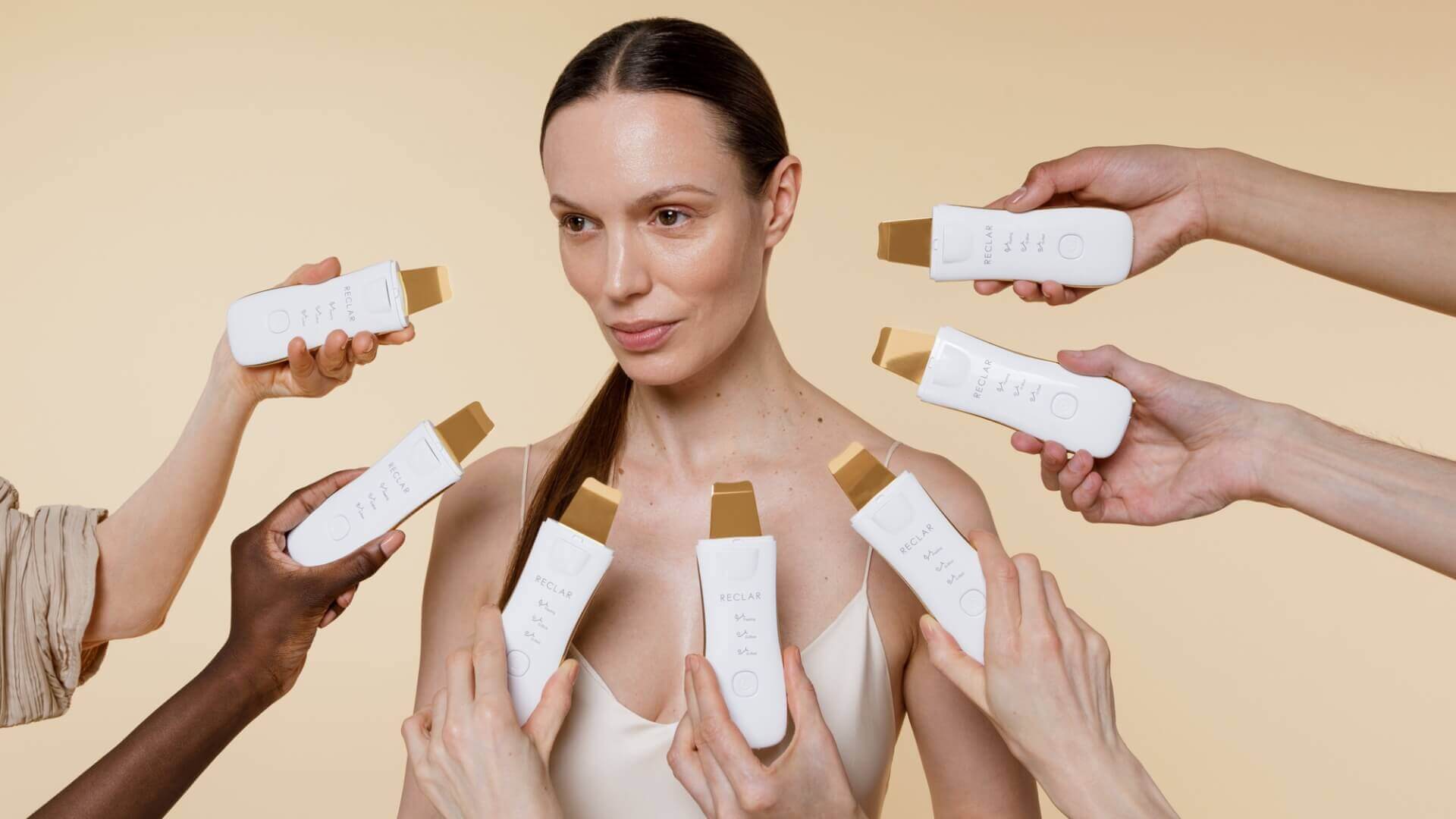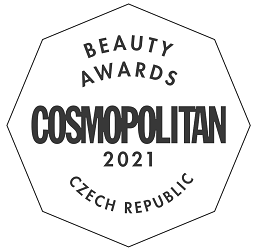Red and blue light are gaining popularity in both beauty salons and home treatments. LED technology helps in curing acne, limits the effects of inflammation and fights ageing. So how does it work? Here, we put together some interesting information about light therapy!
5 quick facts about light therapy
- LED light therapy uses various wavelengths including red and blue
- It was initially used to treat injuries in the US Navy
- Red light therapy is nowadays used in cosmetics, especially against wrinkles
- Blue light therapy is used by beauty parlours to cure acne
Safety information
- LEDs do not contain ultraviolet rays in contrast to other types of light therapy
- They are safe for ordinary use as LED light therapy does not cause skin burns
- Both blue and red light can be used daily without any problems
- It is safe for all skin types
Light therapy history
LED light therapy was used as early as the 90s in the US Navy. That is not to say that the soldiers were overly sensitive about their skin :-). LED light therapy helped them with quicker healing of their wounds and regeneration of damaged muscle tissue.
Scientists started examining LED light for cosmetic purposes some time later. They found that various wavelengths and frequencies can have the same effect of a higher collagen content, smooth skin and lower the appearance of damage caused by ageing, acne and wrinkles. What’s more, LED light does not contain any harmful ultraviolet rays, so it was safe for everyday, even home, use.
How does the red light work?

The red or infrared light is used to treat the epidermis (skin surface). The skin absorbs the light, and it stimulates collagen proteins.
The skin then has more collagen, looks smoother and fuller, which can lower the occurrence of fine lines and wrinkles. It is also assumed that the red LED light reduces inflammation and enhances blood circulation, and thus your skin looks brighter and smoother.
How does the blue light work?

Blue LED light therapy is focused on the sebaceous glands. These are necessary for skin and hair lubrication. They can, however, become hyperactive, and this can lead to greasy skin and acne.
Blue LED light therapy can target those oil glands and make them less active. Blue light also kills the bacteria causing acne under the skin, which can help in treating serious acne problems, including cysts and nodules.
Blue light is also frequently used in combination with red LED light which helps with acne, heals scars and supports anti-inflammatory effects. According to some studies, blue LED therapy can enhance the healing of third-degree burns.
Safety and possible side effects
As we have already stated, LED light therapy does not contain ultraviolet rays, and so it is considered a safe method of skin treatment. The procedure is non-invasive, has minimal risks and cannot cause permanent skin damage.
Even so, people should pay attention, for example when using some medications which intensify light sensitivity or with an active rash on their face. Side effects are very rare. In isolated instances, those can include erythema, rash, inflammation, urticaria, but all will subside when the therapy stops
LED light therapy results – when to expect them?
The first changes on your skin can be visible after about 10 uses. Light therapy is recommended for use repeatedly and regularly because cells regenerate after some time. The skin may lose collagen again, and acne will return. Right here, is the great advantage of this household device which can be used daily.






